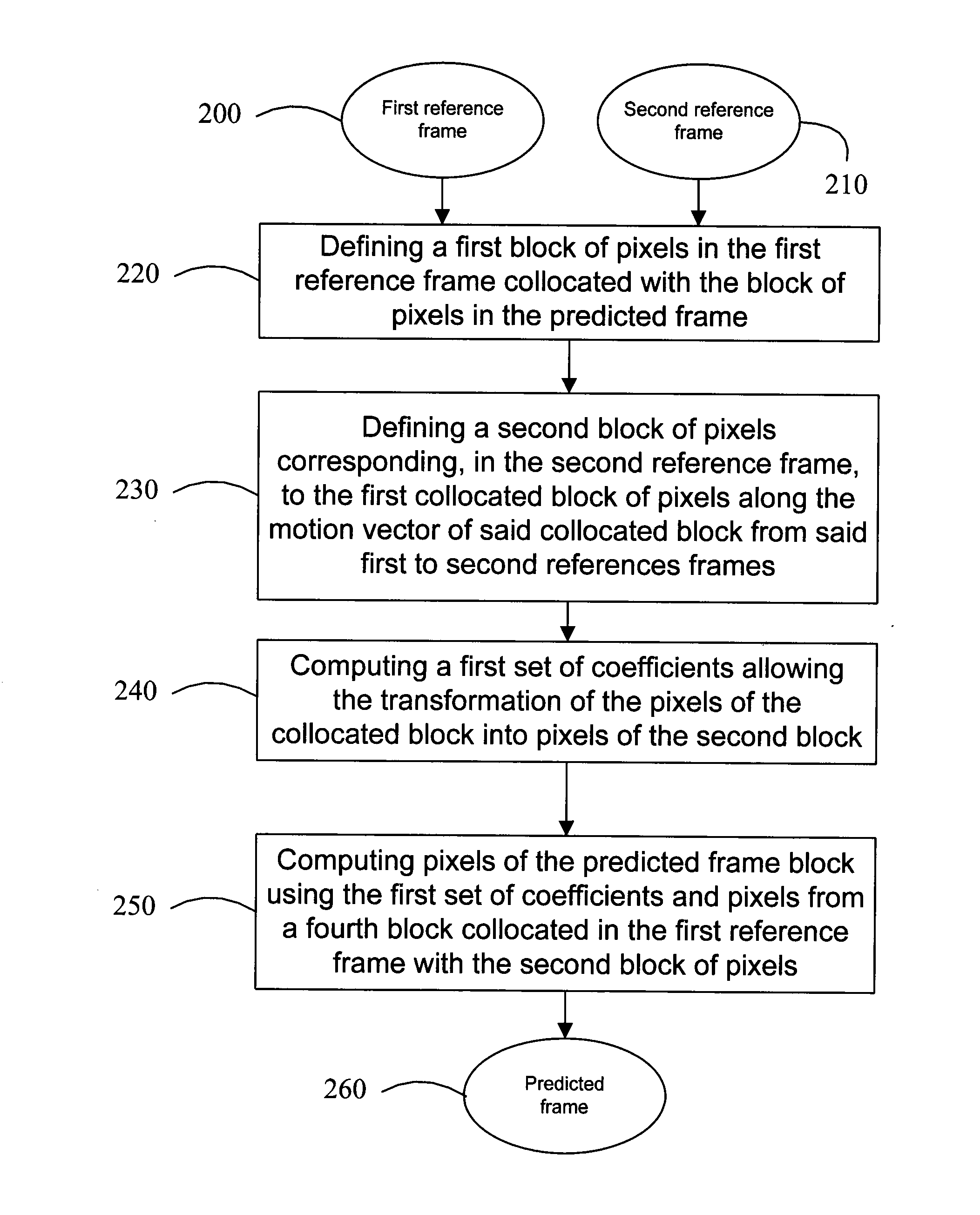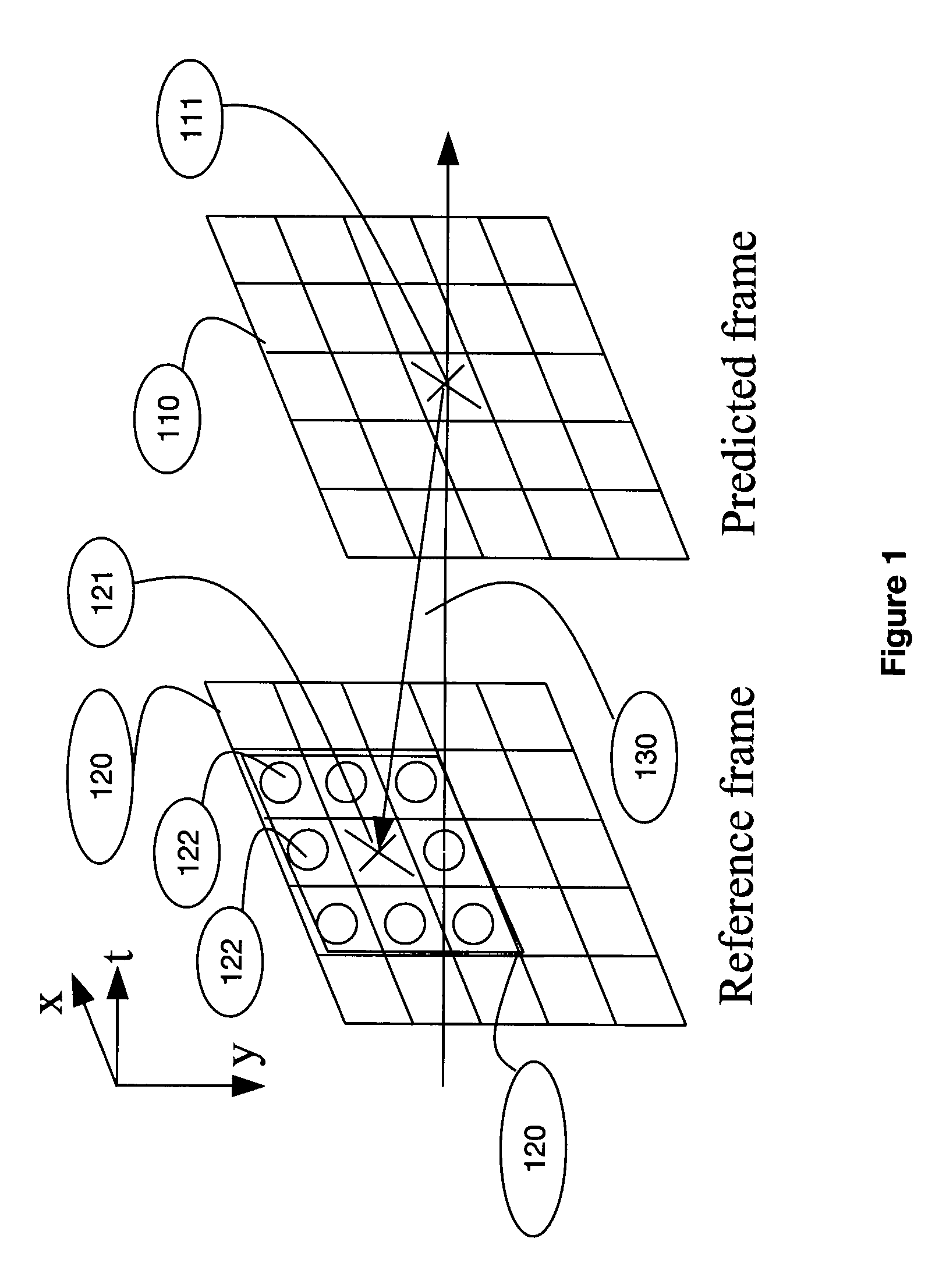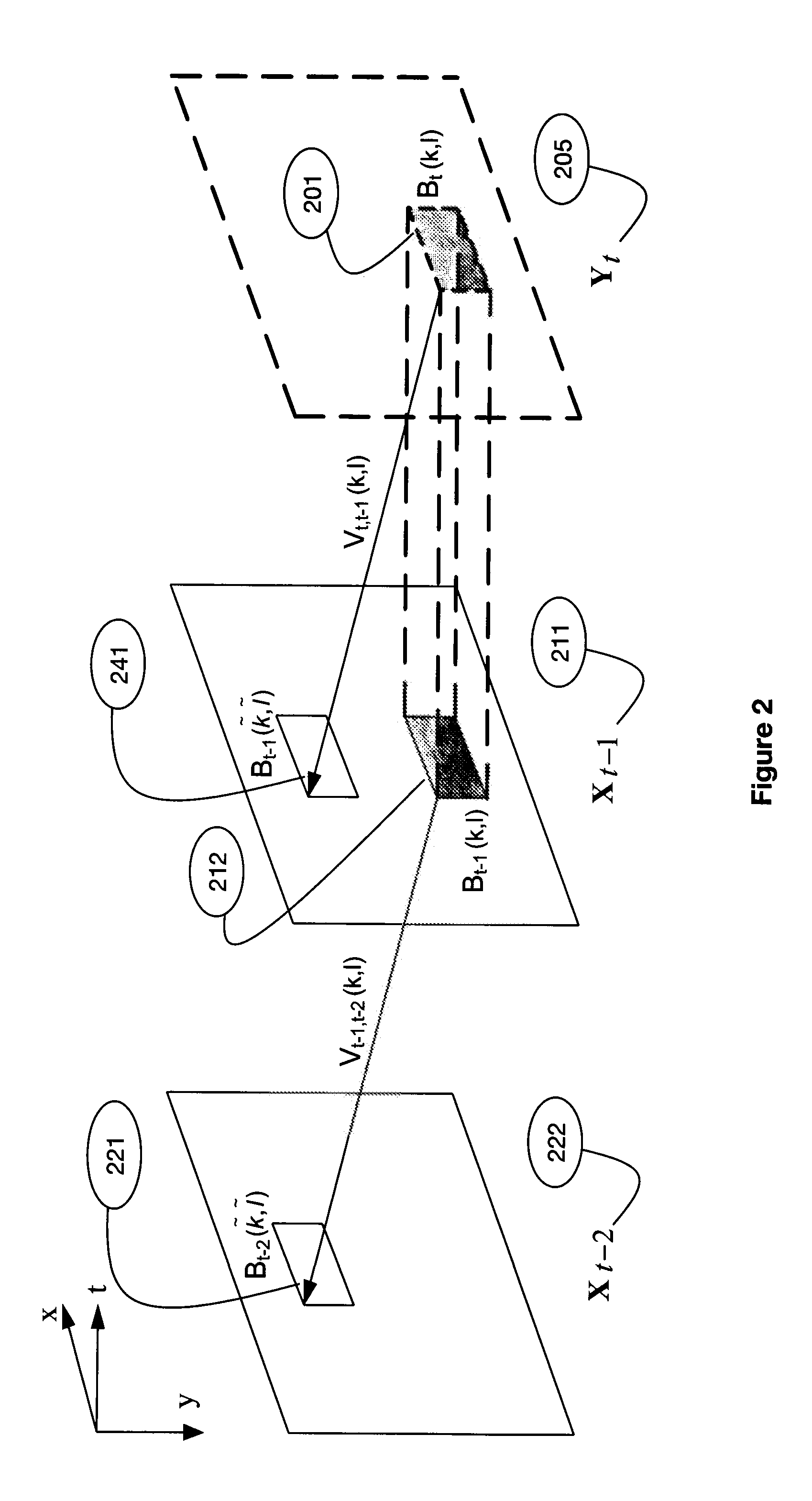Image prediction method and system
- Summary
- Abstract
- Description
- Claims
- Application Information
AI Technical Summary
Benefits of technology
Problems solved by technology
Method used
Image
Examples
Embodiment Construction
The following are descriptions of exemplary embodiments that when taken in conjunction with the drawings will demonstrate the above noted features and advantages, and introduce further ones.
In the following description, for purposes of explanation rather than limitation, specific details are set forth such as architecture, interfaces, techniques, devices etc. . . . , for illustration. However, it will be apparent to those of ordinary skill in the art that other embodiments that depart from these details would still be understood to be within the scope of the appended claims.
Moreover, for the purpose of clarity, detailed descriptions of well-known devices, systems, and methods are omitted so as not to obscure the description of the present system. Furthermore, routers, servers, nodes, base stations, gateways or other entities in a telecommunication network are not detailed as their implementation is beyond the scope of the present system and method.
In addition, it should be expressly...
PUM
 Login to View More
Login to View More Abstract
Description
Claims
Application Information
 Login to View More
Login to View More - R&D
- Intellectual Property
- Life Sciences
- Materials
- Tech Scout
- Unparalleled Data Quality
- Higher Quality Content
- 60% Fewer Hallucinations
Browse by: Latest US Patents, China's latest patents, Technical Efficacy Thesaurus, Application Domain, Technology Topic, Popular Technical Reports.
© 2025 PatSnap. All rights reserved.Legal|Privacy policy|Modern Slavery Act Transparency Statement|Sitemap|About US| Contact US: help@patsnap.com



